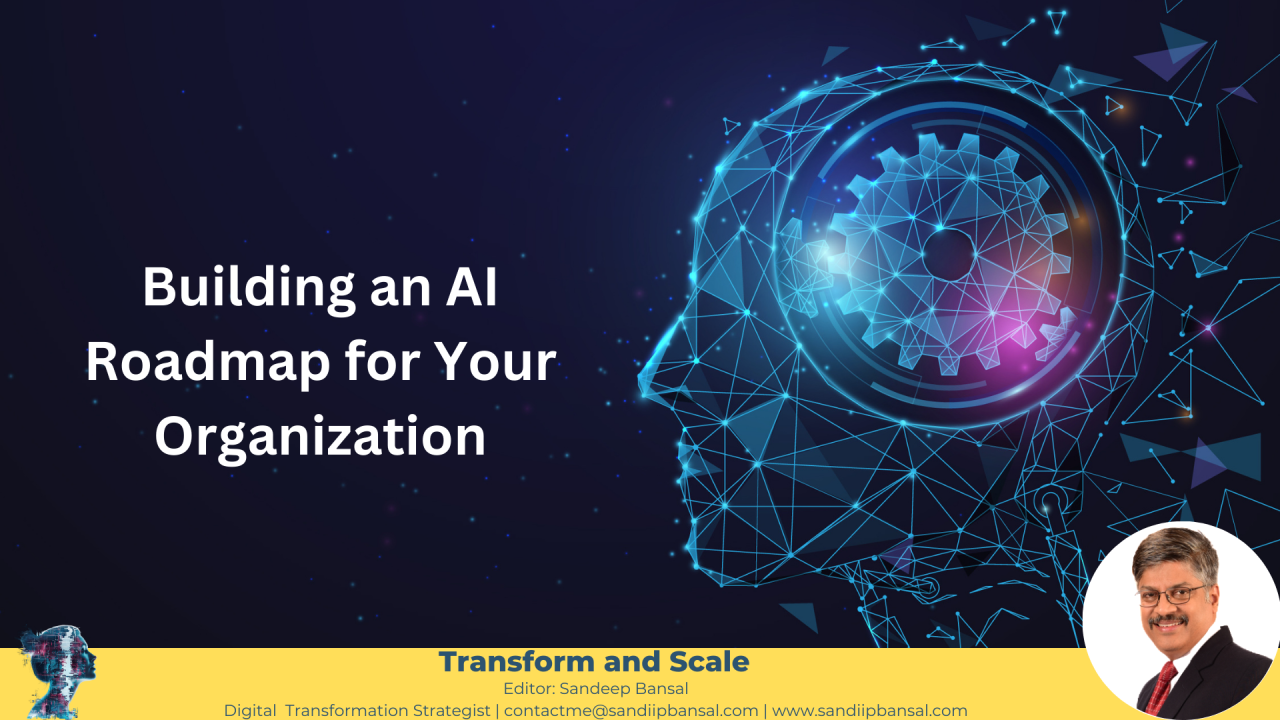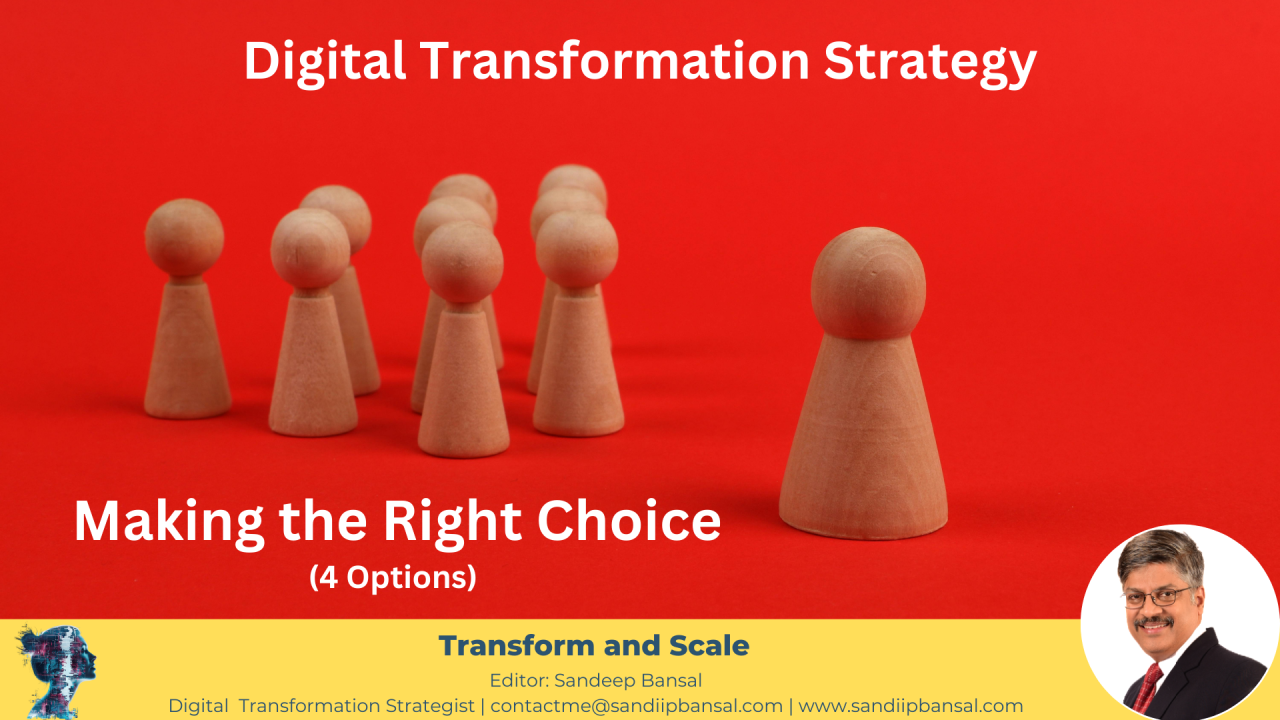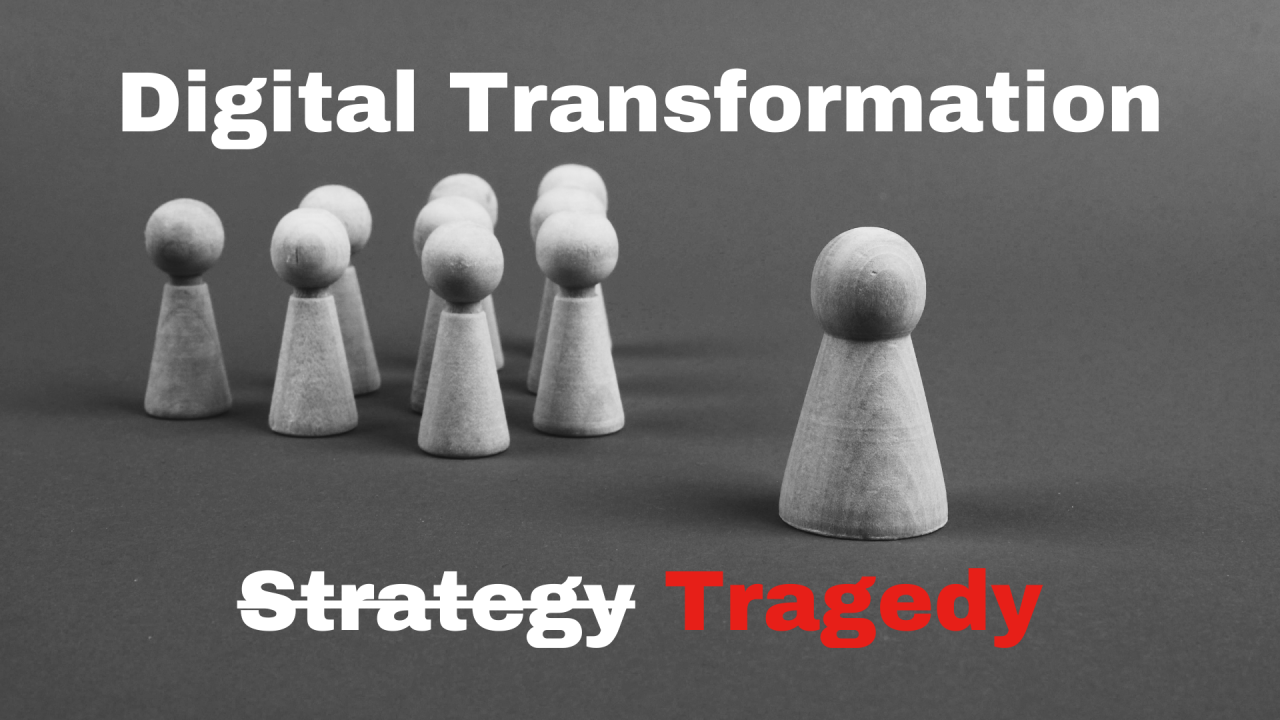Some changes are so profound, they quietly redefine everything we know. The Internet, the World Wide Web, and now, Artificial Intelligence — three forces that have not just connected the world, but have changed the way we live, learn, and dream.
I still remember the days when getting our exam results was a race against time. At five in the morning, we’d rush to the local newspaper stand, scanning hurriedly through pages, names, roll numbers — hearts pounding with anticipation. It wasn’t just about the results; it was a ritual, a shared memory stitched into our youth.
Then came the early 2000s. The Internet and the World Wide Web began to reshape even the smallest experiences. Suddenly, results were available online — although the websites struggled under heavy traffic and the connections were painfully slow. Still, students would gather around my Institution, eyes wide with hope. Hours were spent refreshing pages, celebrating victories, consoling each other’s setbacks. I never charged a single student on result day. Watching them smile, witnessing dreams inch closer to reality — that was its own reward.
Fast Forward today, Students are getting results directly on their Student Portal, WhatsApp. Without rushing to stores or centres, struggling web portals. The Results are delivered on their Registered Email and Mobile Number. The Experience is changing with new ways of technology automation.
The New Mission: Building Seamless Experiences for Students
Fast forward to today. When I took up a responsible position at a leading educational institution, a question stayed with me: How can we make every student’s journey smoother, warmer, more memorable?
Technology was the answer. But only if used with empathy.
We introduced automation from onboarding to offboarding — ensuring students no longer had to rush from one office to another, burdened with paperwork and uncertainty.
1. Admission Onboarding: Turning Chaos into Comfort
Imagine thousands of students arriving with their parents in July, bags heavy with dreams. Our institution now has a dedicated onboarding team to guide students through their classes, hostels, departments — every touchpoint thoughtfully organized.
But there were still gaps. Students had to visit departments just to get their portal login credentials. They had to fill manual hostel forms separately, despite having provided the same information earlier.

In today’s world, this is simply unacceptable.
We realized:
- Why not automate login credential delivery through registered email IDs?
- Why not integrate hostel registration within the main admission form, eliminating duplication and errors?
Students today expect efficiency — and institutions must rise to meet that expectation.
2. A Farewell to Remember: AI at Convocation
Your last memory at college should be joyful, not stressful.
At last year’s convocation, we deployed an AI-powered SaaS application that allowed students to download their professional photographs instantly. A simple QR code scan — and their proud moments were delivered straight to their WhatsApp. No waiting, no pushing through crowds, no disappointment.
It wasn’t just technology. It was dignity. It was respect for their journey.

Key Takeaways for Educational Leaders
- Empathize with Student Journeys: Technology should serve emotions, not complicate them.
- Automate Thoughtfully: Every repetitive process is an opportunity for simplicity.
- Invest in Lasting Memories: Moments like onboarding and convocation are not administrative tasks; they are memories in the making.
🌟 A Call to Educational Institutions
The students of today are the leaders of tomorrow. Their first interaction with your institution should feel like a welcome, not a test of endurance.
Let us build institutions where technology meets humanity, where automation amplifies dreams, and where every student feels — from day one to graduation day — that their journey truly matters.
If you are passionate about transforming the student experience, let’s connect. Let’s reimagine education — one thoughtful innovation at a time.











